- Uber went public this month on the New York Stock Exchange in a much-watched IPO.
- Since it was founded in 2009, Uber has transformed the ride-hailing industry and grown to become the most valuable companies in the world.
- See the highs and lows of Uber in its journey from small San Francisco startup, through its extremely tumultous 2017, through to its 2019 IPO.
- Visit BusinessInsider.com for more stories.
Ten years ago, a company called UberCab made a splash in San Francisco by letting you hail a car with your smartphone. Since then, the company – now known just as Uber – has spread like wildfire across the globe.
But the road hasn’t been easy.
While its valuation continued to climb over the years, Uber has also fought rivals and regulators as it has transformed from a black-car service into a sprawling empire going after the markets for both food delivery and self-driving cars. It has confronted threats from the taxi industry, endured backlash from its drivers and users both, and weathered internal strife and scandal, including the ouster of controversial former CEO Travis Kalanick.
Now, in the wake of Uber’s IPO, we take a look at how we got here.
This is an update to a story originally published in 2016.
April 2007: Travis Kalanick becomes a millionaire at age 30. He sells his startup, called RedSwoosh, to a cloud company called Akamai for $23 million. It's the second company's he's been involved in since he dropped out of UCLA in 1998.

Source: Business Insider
December 2008: Travis Kalanick attends the LeWeb technology conference in Paris, where he first hears the idea for Uber from StumbleUpon founder Garrett Camp. Camp tells a story about spending $800 on a private driver for New Year's, and how splitting the cost with a lot of people would make black car services more affordable.

Source: Business Insider
March 2009: Camp and two graduate school friends, Oscar Salazar and Conrad Whelan, build the first version of their black-car service, called UberCab. Kalanick served as a "mega advisor," but he has also said his title back then was "chief incubator."

Source: Business Insider
January 2010: Kalanick tweets: “Looking 4 entrepreneurial product mgr/biz-dev killer 4 a location based service.. pre-launch, BIG equity, big peeps involved--ANY TIPS??” Ryan Graves, who would later be named Uber's first CEO, responds to the tweet, and was hired as a general manager.

@KonaTbone heres a tip. email me 🙂 graves.ryan[at]gmail.com
— =ryan graves= (@ryangraves) January 6, 2010
Source: Business Insider
June 2010: UberCab launches in San Francisco. At the time, it cost about 1.5 times as much as a cab, but ordering a car was as simple as sending a text or pressing a button. It quickly became a hit among Bay Area techies.

Source: Business Insider
October 2010: UberCab closes a $1.25 million seed funding round from First Round Capital, investor Jason Calacinis, Kalanick's friend Chris Sacca, and Napster cofounder Shawn Fanning.

Source: TechCrunch
October 2010: UberCab rebrands as Uber. The change is made to avoid the company from marketing itself too much like a taxi business. Tensions with the taxi industry would become a recurring theme for Uber.
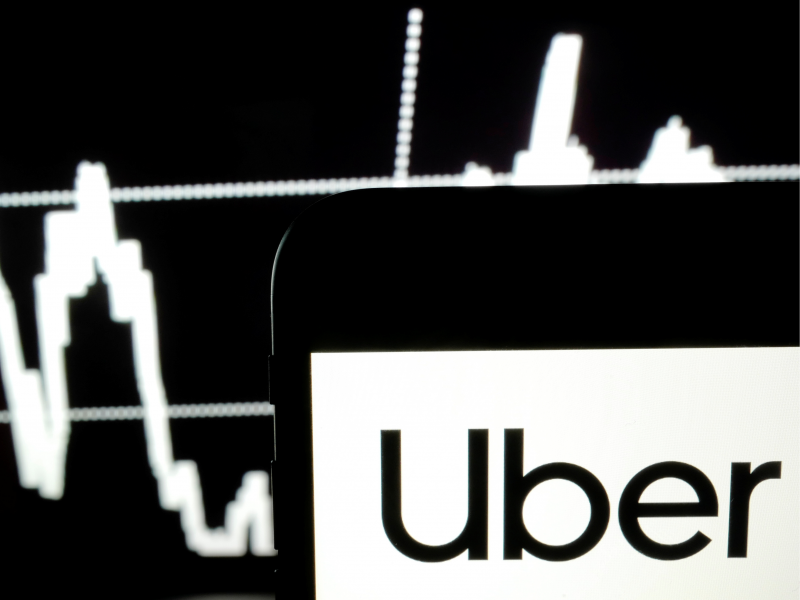
Source: TechCrunch
December 2010: Ryan Graves, who was Uber's first CEO, steps down, and is replaced by Kalanick. Graves became Uber’s general manager again, and both have said the reshuffle was a friendly one.

Source: Business Insider
February 2011: Uber closes an $11 million Series A funding round that values the company at $60 million. Benchmark leads the round, and the firm's Bill Gurley joins Uber’s board of directors.
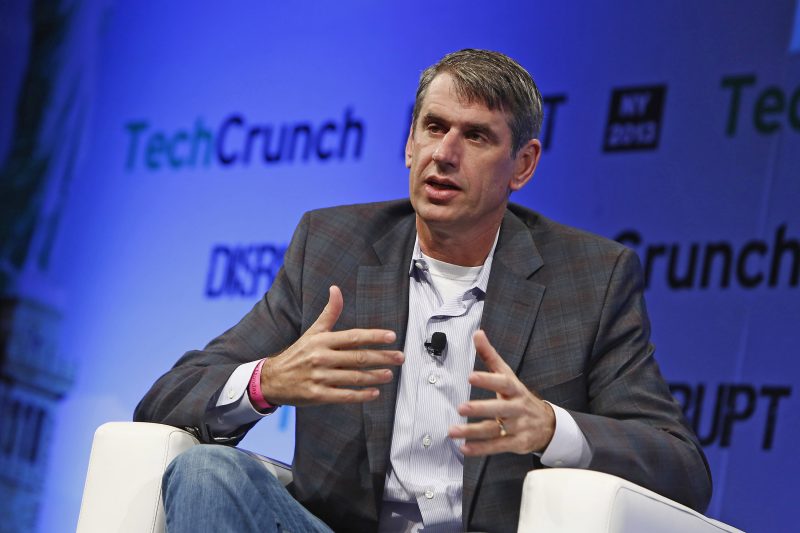
Source: TechCrunch
May 2011: Uber launches in New York City, which is today one of its biggest markets, but which also presents some of the strongest pushback from the taxi industry.
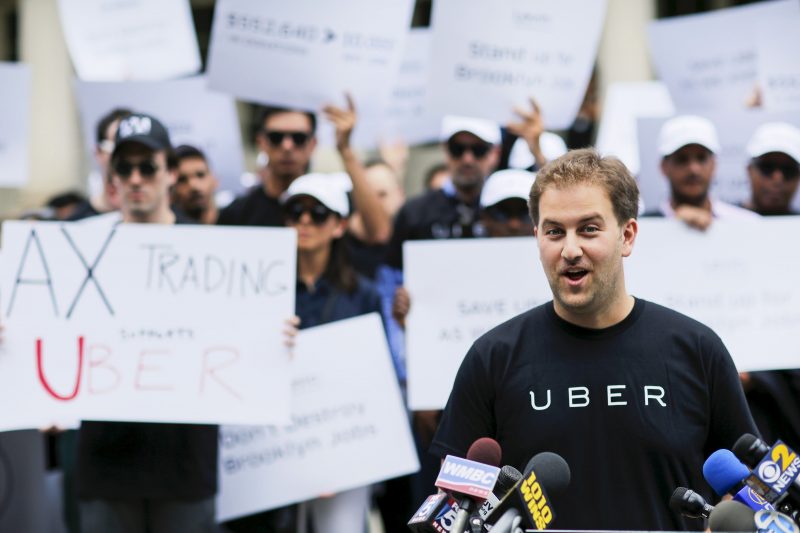
Source: Business Insider
December 2011: Uber begins to expand internationally, starting with Paris, France. It also closes a $32 million Series B funding round led by Menlo Ventures, Amazon CEO Jeff Bezos, and Goldman Sachs.
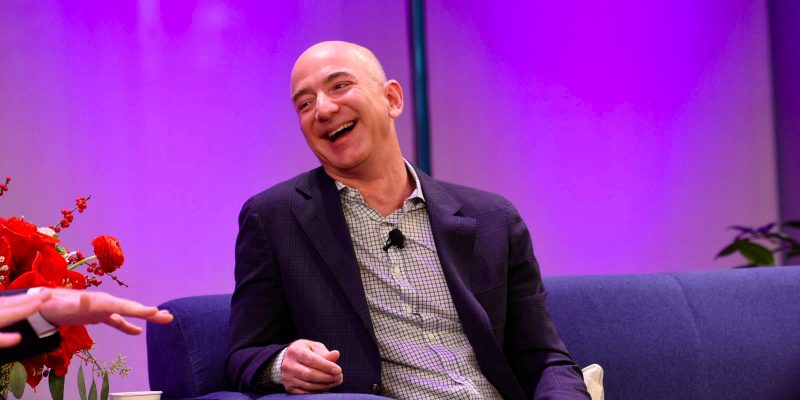
Source: TechCrunch
January 2012: Uber is slammed for price surging for rides on New Years Eve. Users, who had to pay three- to six-times the normal cost of a ride, were furious.
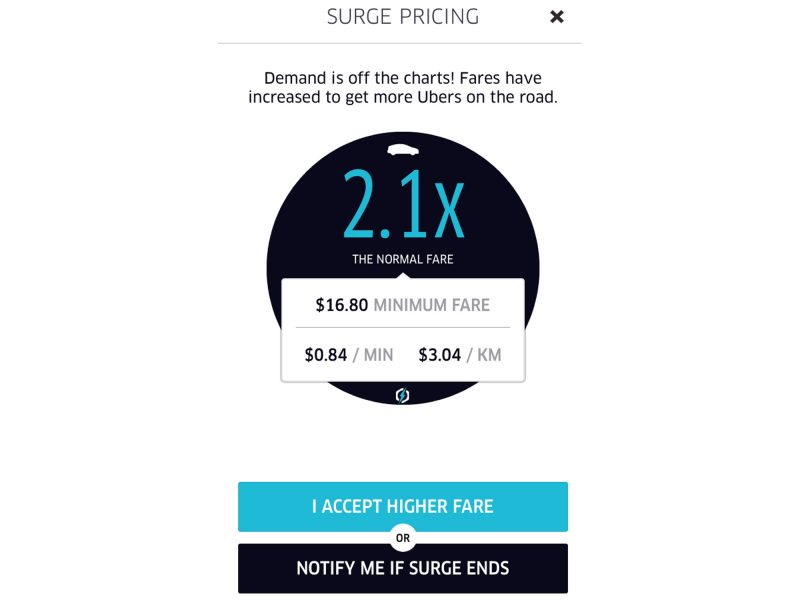
Source: Business Insider
July 2012: Uber unveils its secret, low-cost "UberX" project to the world. The service debuts at 35% less expensive than the original black cars, and features cars like the Prius and the Cadillac Escalade. Kalanick declares that "Uber is ultimately a cross between lifestyle and logistics."

Source: TechCrunch
August 2012: Lyft, which is considered Uber’s main competitor, launches in San Francisco. The stage is set for the San Francisco price war that will follow.
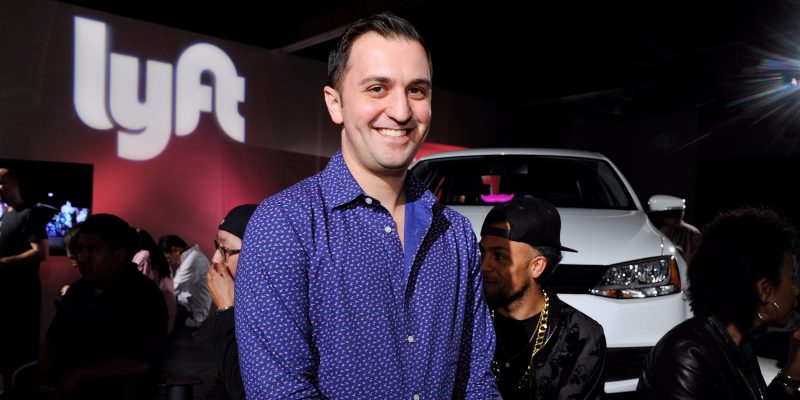
Source: TechCrunch
August 2013: Uber moves into India and Africa, and it closes a Series C funding round that sees an enormous $258 million investment from Google Ventures, now known as GV. This round values Uber at $3.76 billion.
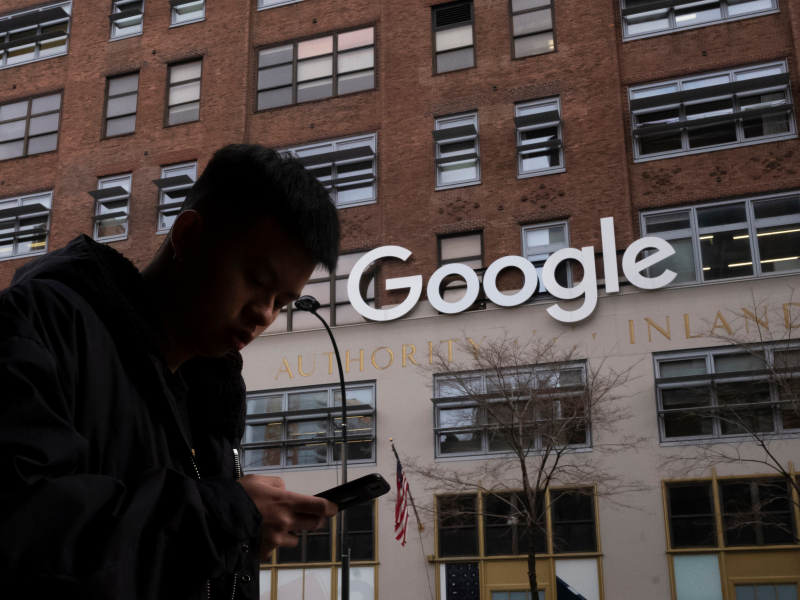
Source: TechCrunch
December 2013: A lawsuit, on behalf of 35,000 current and former Uber drivers, is filed against the company. Drivers claim they should be treated as employees instead of contract workers, which would force Uber to pay them minimum wage and provide them with benefits. The case was settled out of court in 2016.
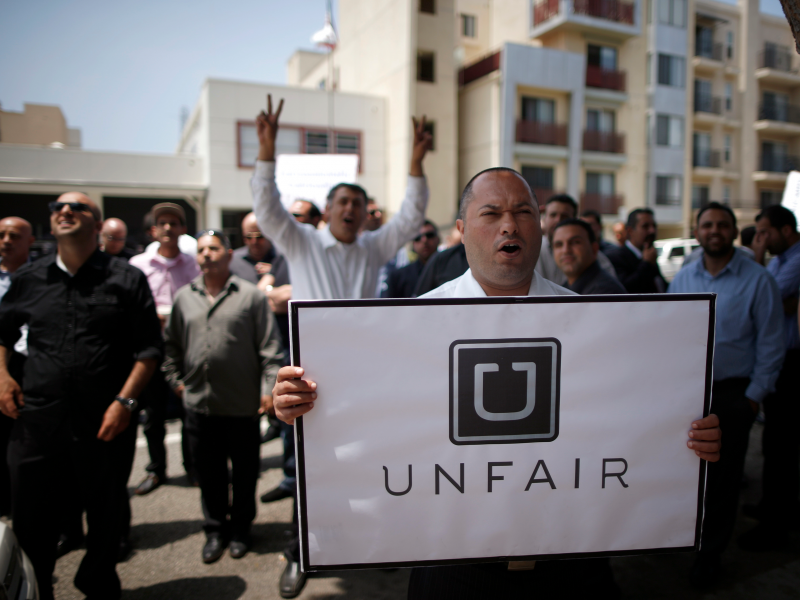
Source: Business Insider
February 2014: Uber weathers its first major scandal. In an interview with GQ, Kalanick calls the service "boob-er," because it's helped him attract "women on demand."
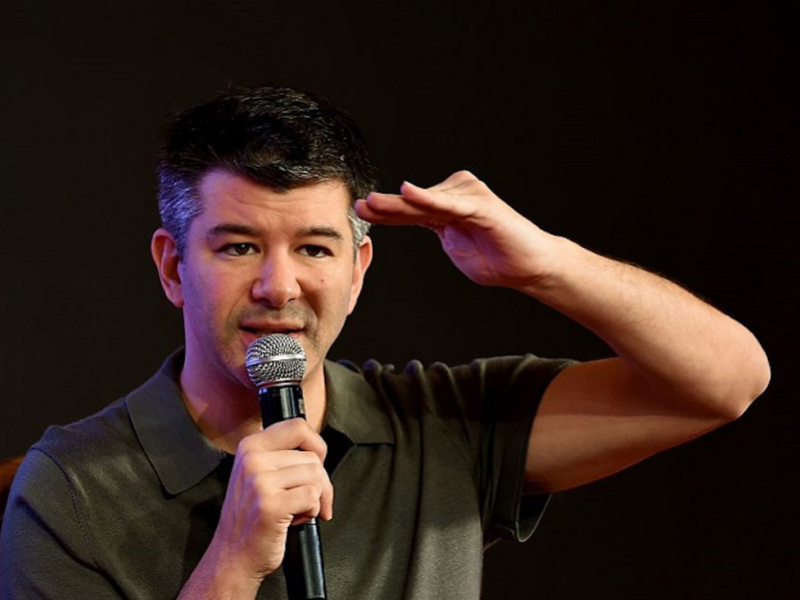
Source: GQ
April 2014: Uber begins its UberRush service, which brings a bicycle delivery service to Manhattan. The service starts at $7 — a $3 base fare and $4 per mile. Uber shut down Rush in March 2018.

Source: The Next Web, Fortune
July 2014: Uber enters China after raising a $1.2 billion funding round at a $17 billion valuation a month previous. At the time, China looked like it was set to become Uber’s biggest market.

Source: TechCrunch
August 2014: Uber launches its UberPool service, which lets you split the ride and cost with another person who is riding a similar route. It’s the Uber version of carpooling.
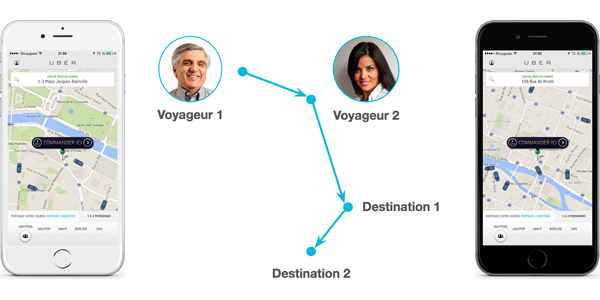
Source: Uber
December 2014: Uber raises $600 million from Chinese search powerhouse Baidu. Baidu’s mobile-search and maps apps begin to integrate with Uber, and it seemed that Uber was gearing up for a fight with other prominent Chinese tech companies.
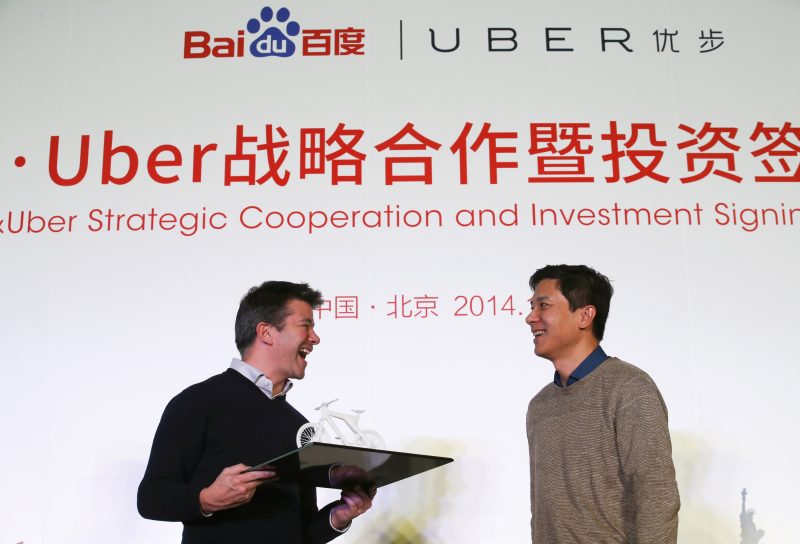
Source: TechCrunch
December 2014: Uber is banned in India's Delhi region after a passenger accused her driver of rape. The case raises criticism and concern of Uber's licensing and screening procedures for its drivers.
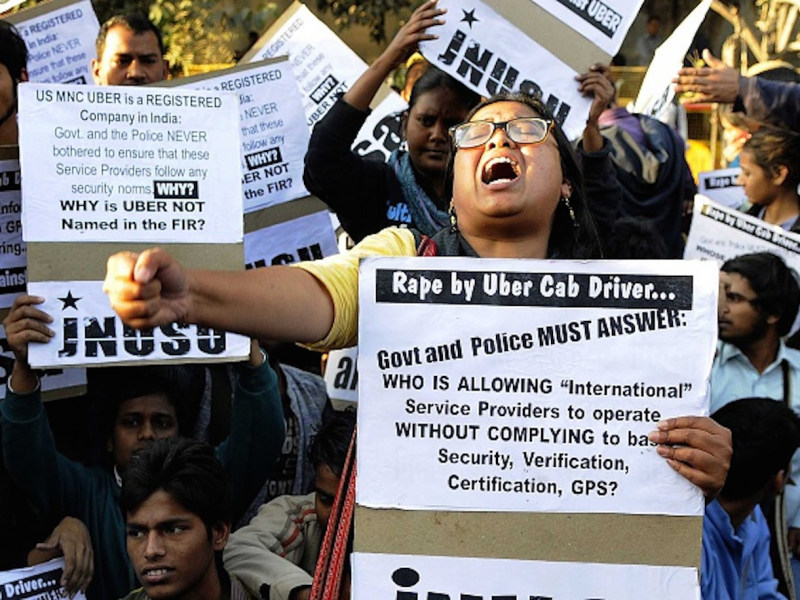
Source: New York Times
February 2015: Uber announces a partnership with Carnegie Mellon University to create a new facility in Pittsburgh for testing self-driving cars. The first test vehicles out of Uber's Advanced Technologies Center are seen on the streets of Pittsburgh a few months later.
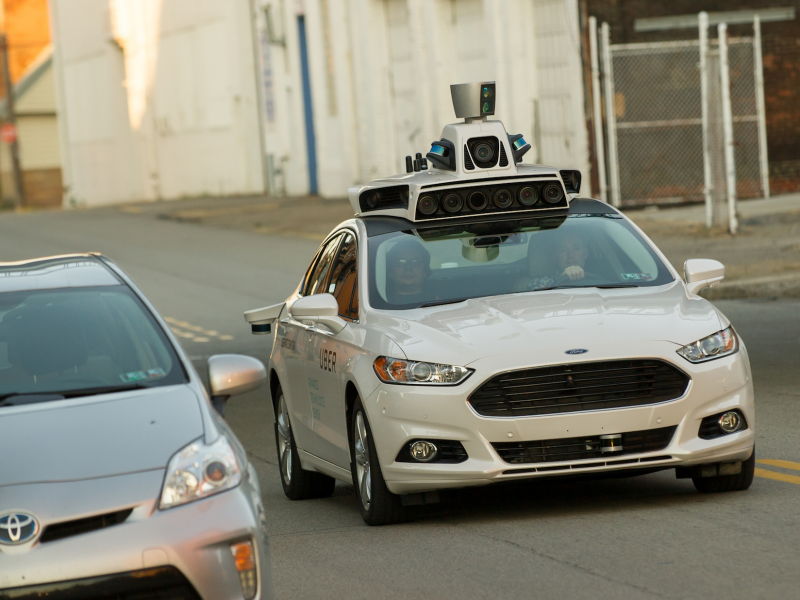
Source: Guardian
March 2015: Uber begins the process of buying mapping startup deCarta — its first acquisition — to work towards decreasing the company's reliance on Google Maps.

Source: Business Insider
April 2015: Uber launches UberEats, an on-demand food-delivery service that brings meals to your location in minutes. The service starts in four pilot cities — LA, Barcelona, Chicago, and New York City — and expands nationally.
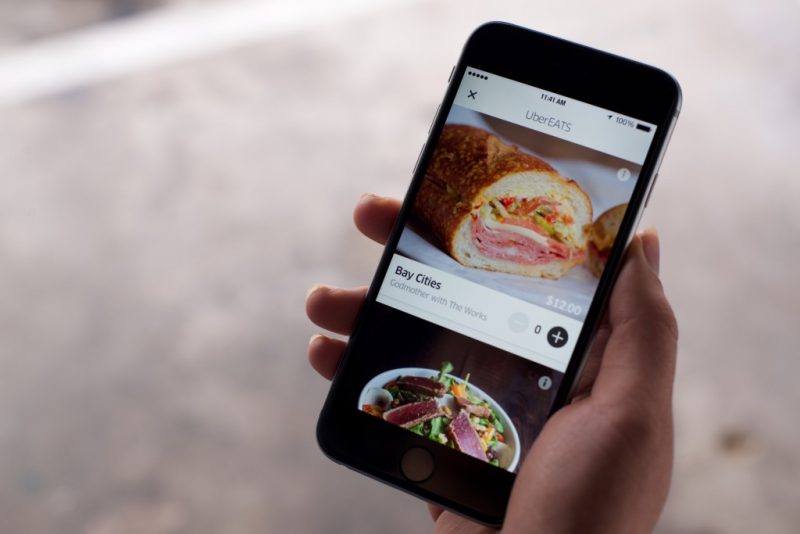
Source: Uber
May 2015: Uber poaches more than 40 employees from Carnegie Mellon University in Pittsburgh to staff its robotics-research facility, which it opened in February to build self-driving cars. Kalanick had previously mused: "The reason Uber could be expensive is because you're not just paying for the car — you're paying for the other dude in the car.”

Source: Business Insider
June 2015: Violent protests erupt up across France as taxi drivers and their supporters block roads, burn tires, and attack suspected Uber drivers.

Source: The New York Times
June 2015: The California Labor Commission rules that an Uber driver is an employee, not a contractor, which calls Uber’s underlying business model into question. The decision comes after a San Francisco driver, Barbara Ann Berwick, files a claim against Uber.

Source: Business Insider
September 2015: Uber's China arm raises $1.2 billion to aid in its fight in the China market. Uber’s biggest competitor — Didi Kuaidi, later called Didi Chuxing — responds by raising about $3 billion.
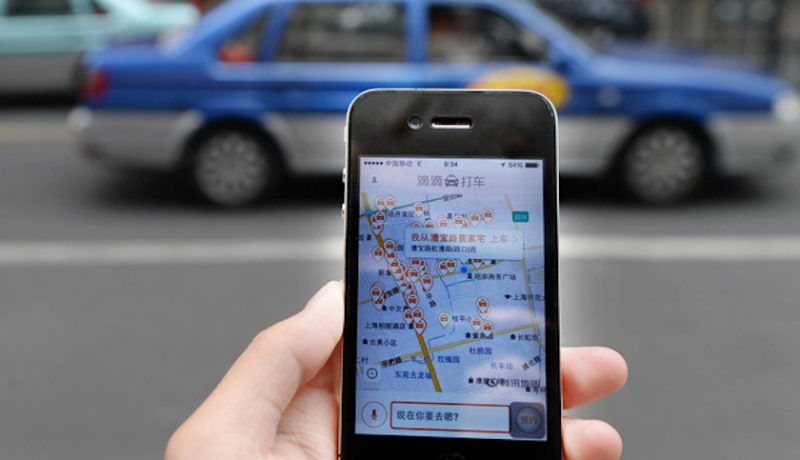
Source: Business Insider
February 2016: Uber agrees to pay $28.5 million to 25 million riders to settle a class-action lawsuit surrounding its advertisements. After the settlement, Uber is no longer allowed to use the terms "industry-leading" or "best in class" in reference to its background checks.
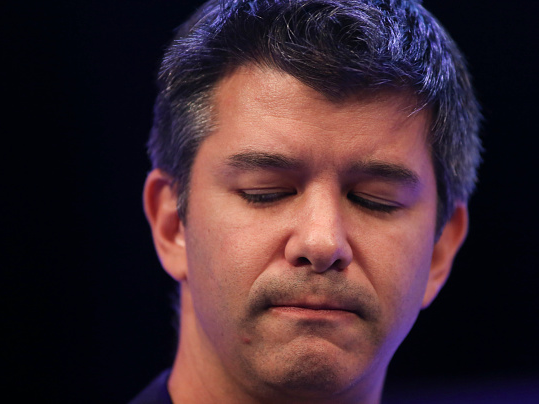
Source: Business Insider
May 2016: Uber and ride-hailing competitor Lyft both exit Austin, Texas, after the city's voters backed a measure that would require fingerprint background checks for drivers. Both companies returned to the city in 2017.
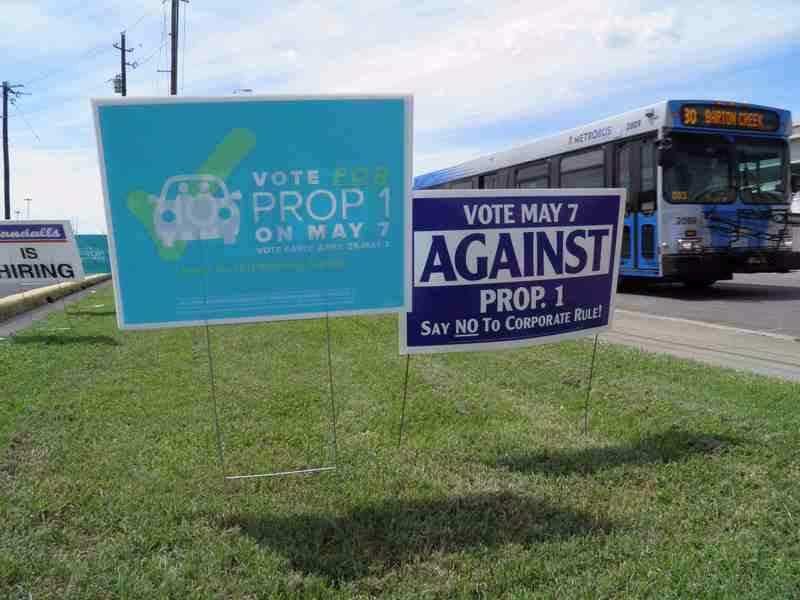
Both Uber and Lyft had spent millions working to repeal the city's ordinance, making it an embarrassing loss for both companies.
May 2016: Uber and Toyota sign a "memorandum of understanding" to explore how the two companies could work together.
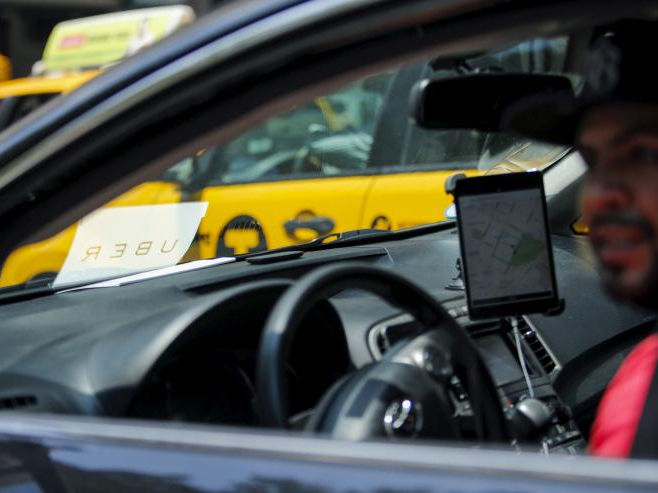
Source: Business Insider
June 2016: Uber raises $3.5 billion from the Saudi Arabia Public Investment Fund, Uber's largest investment from a single investor. Yasir Al Rumayyan, managing director of the Public Investment Fund, joins Uber's board.

Source: Business Insider
June 2016: Kalanick proclaims that Uber was profitable in hundreds of cities globally, but that the money was being reinvested in its war against Chinese rival Didi. The company said at the time that it was losing $1 billion each year in its fight against Didi.

Source: Business Insider
July 2016: The company gets another $1.15 billion cash infusion, this time in the form of a leveraged loan. The company took advantage of low interest rates and secured a loan that was said to "support Uber's global expansion and operations and invest in research and development and engineering."
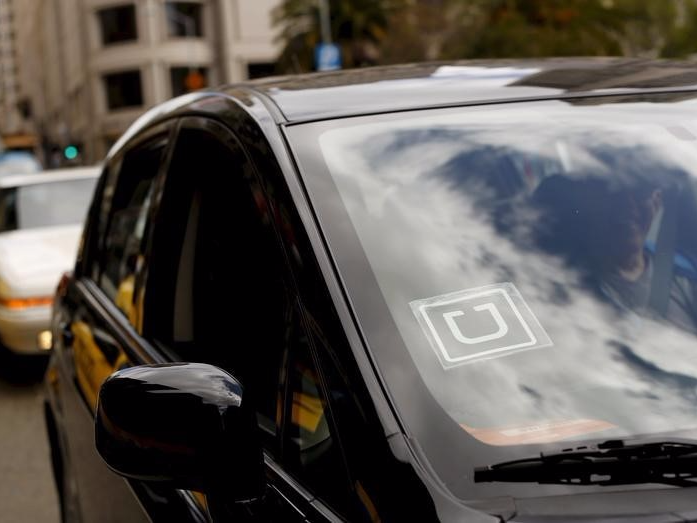
Source: Reuters
July 2016: Uber runs into trouble in Hungary. The company is forced to pull out of the country after government legislation makes it impossible to operate. The move followed months of protests by taxi drivers. Uber has since re-entered the country.

Source: Reuters
July 2016: Uber announced in mid-July that it had completed its two billionth trip, just six months after reaching one billion rides.

July 2016: A federal judge ruled that Uber "engaged in fraudulent and arguably criminal conduct" when it used an investigative firm to conduct a background check on a plaintiff in a lawsuit.
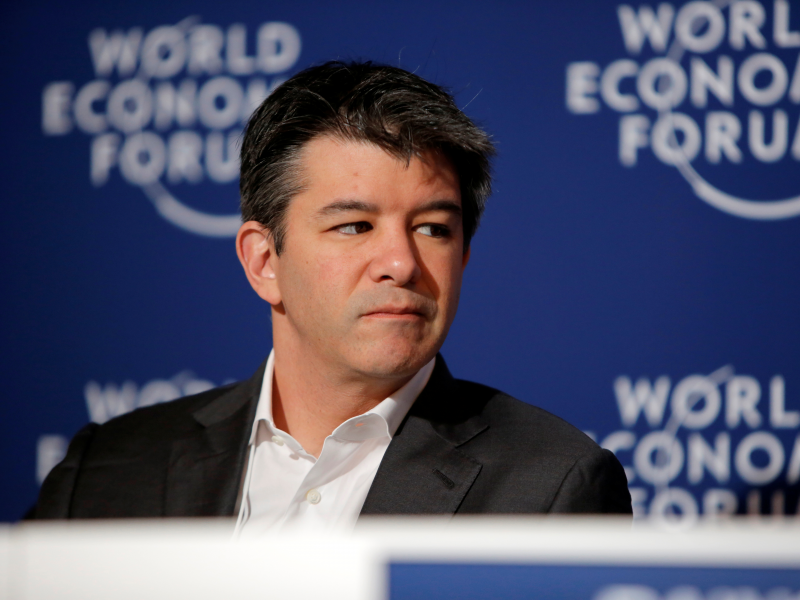
The plaintiff accused Kalanick of violating anti-trust laws by coordinating surge pricing.
July 2016: The Chinese government legalizes ride-hailing. Uber was hoping to beat out its main Chinese competitor, Didi Chuxing, and put a reported $2 billion into its business in China. Didi eventually emerged victorious, and later merged with Uber China in a $35 billion deal.

Source: Bloomberg
December 2016: Uber launches an autonomous car program in San Francisco. However, California's DMV quickly declared the program illegal, and Uber was forced to end it and look to other locations for testing its driverless cars.
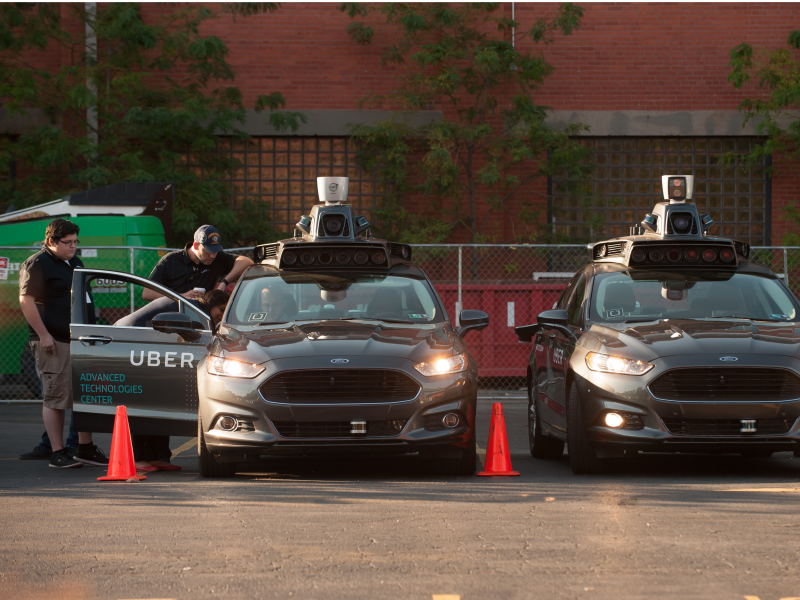
Source: New York Times
January 2017: President Donald Trump announces a travel ban to several majority Muslim countries. In response, protesters swarmed at a New York City airport, with taxi drivers striking in support. However, Uber continued to operate — leading to a backlash, as "hundreds of thousands" of customers took part in the viral #DeleteUber campaign.
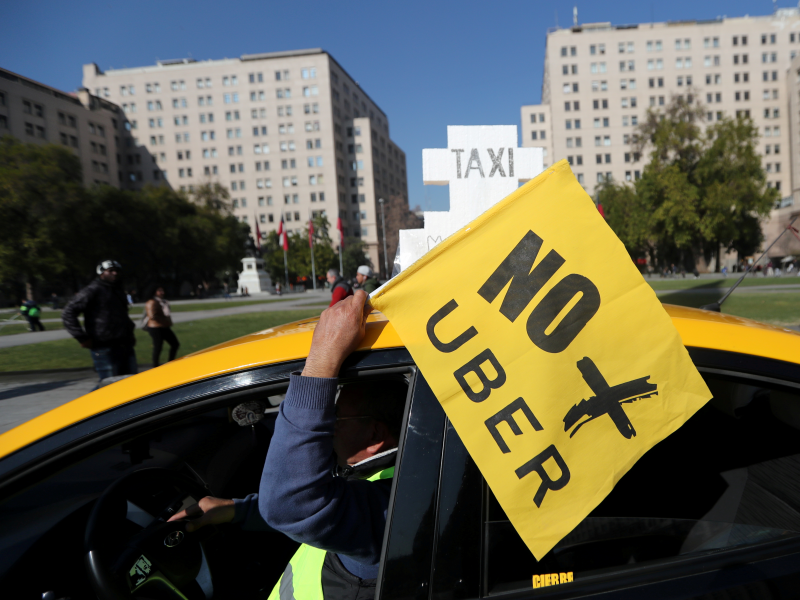
Source: Business Insider
February 2017: A former Uber engineer named Susan Fowler published a blog post with allegations of a toxic and sexist culture at the company. Kalanick pledges to look into the matter, and hires former US attorney general Eric Holder to lead an independent investigation into the company's culture.

Source: Business Insider
February 2017: Fowler's story is followed by a New York Times report about Uber's "aggressive, unrestrained workplace culture." The story alleges that Uber employees did cocaine during a company retreat, and that a manager was fired after he was accused of groping multiple female employees.

Source: New York Times
February 2017: On Super Bowl Sunday, dashcam video shows Kalanick losing his cool in an argument with an Uber driver about lowered fares. The Uber CEO issues a "profound" apology, and says he'll seek out leadership help by hiring a chief operating officer at the company.

Source: Business Insider, Bloomberg
February 2017: Waymo, the self-driving car company spun out from Alphabet, files a lawsuit against Uber. The lawsuit alleges that Uber stole Waymo trade secrets, and shines the spotlight on Anthony Levandowski — a former Google engineer who came to Uber by way of the acquisition of his company, Otto.
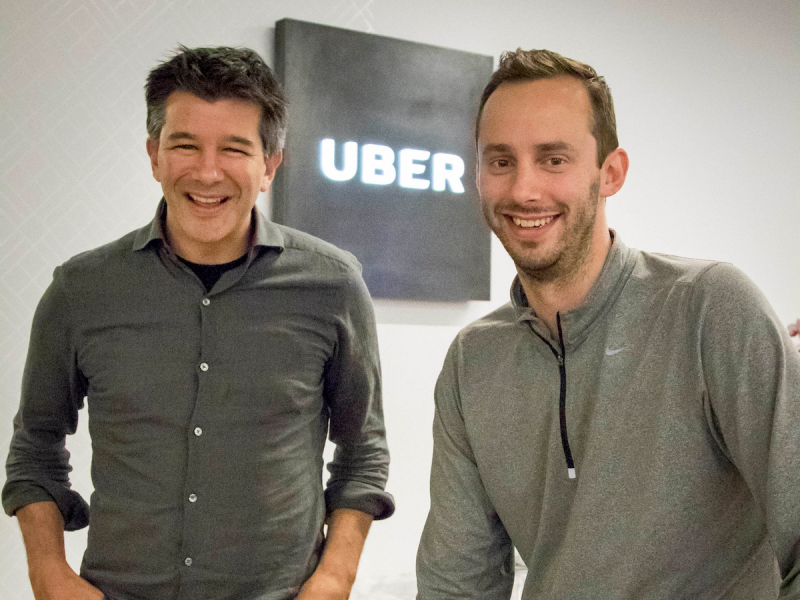
Source: Business Insider
March 2017: Kalanick's ex-girlfriend, violinist Gabi Holzwarth, details incidents of sexism she witnessed at Uber. One story she tells is about a visit by several Uber executives to an escort-karaoke bar in South Korea, which allegedly led to a female executive filing a complaint with Uber's human resources.
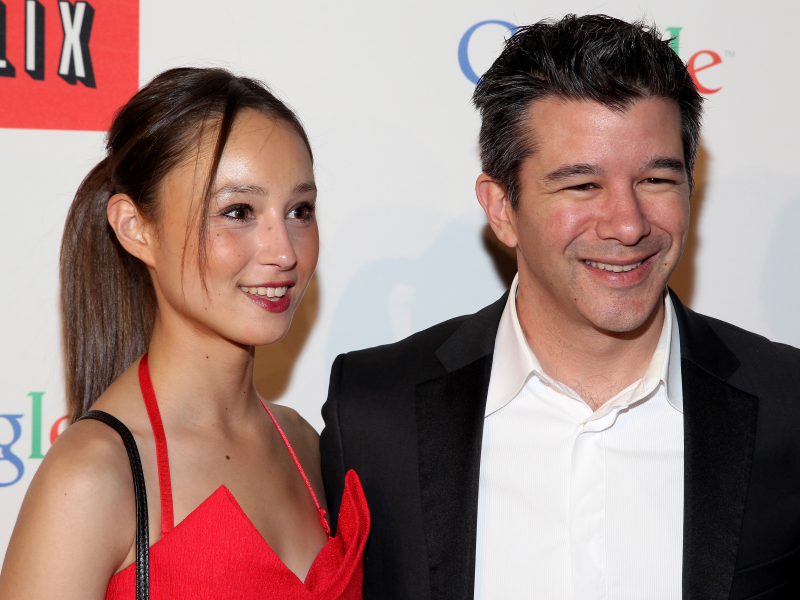
Source: Huffington Post
March 2017: Uber's head of engineering, Amit Singhal, resigns from his position after it was reported that he had faced sexual harassment allegations during his time at Google, his previous employer — allegations that he reportedly didn't disclose when Uber hired him.
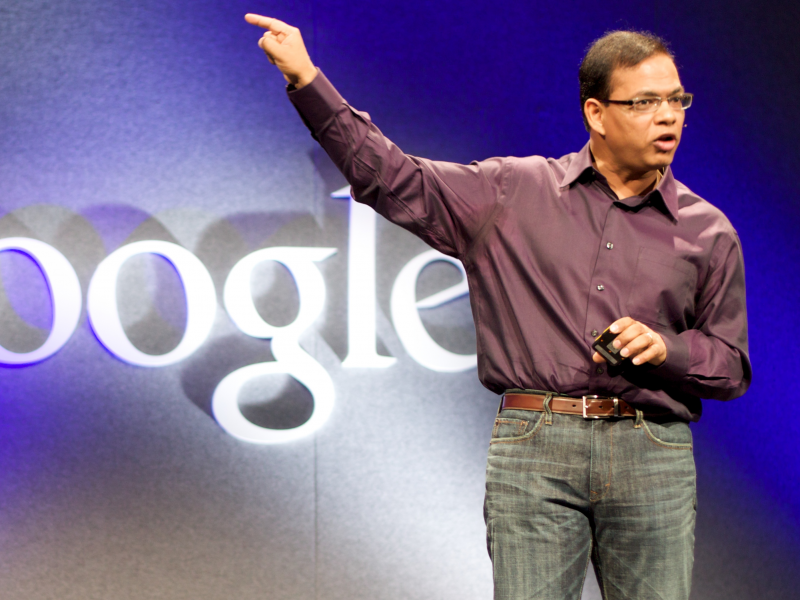
Source: Business Insider
June 2017: The results of the internal investigation into Uber's workplace culture are released to the board. The investigation found 215 claims from employees of discrimination and sexual harassment, and the company says that over 20 employees were fired following the report.
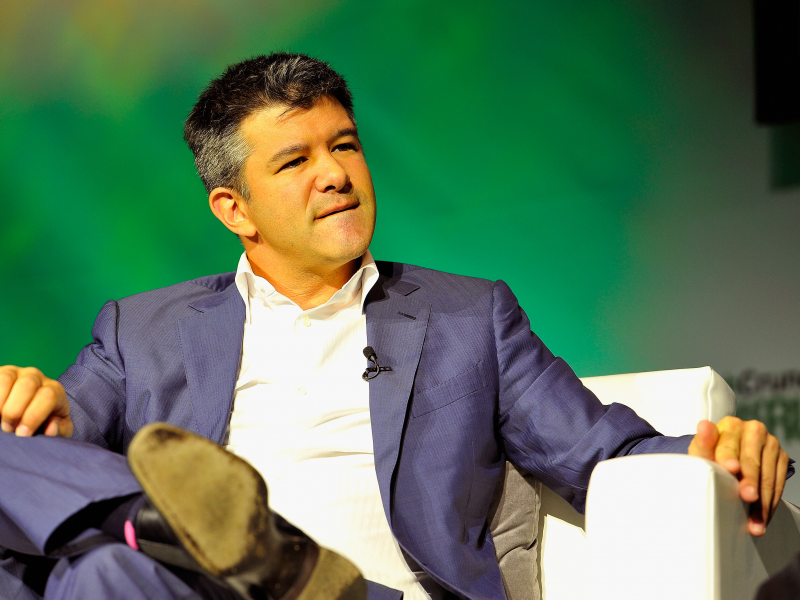
Source: Business Insider
June 2017: Kalanick takes a leave of absence from Uber to "work on myself" after a year riddled with scandal and controversy. No timeline is given for Kalanick's return.
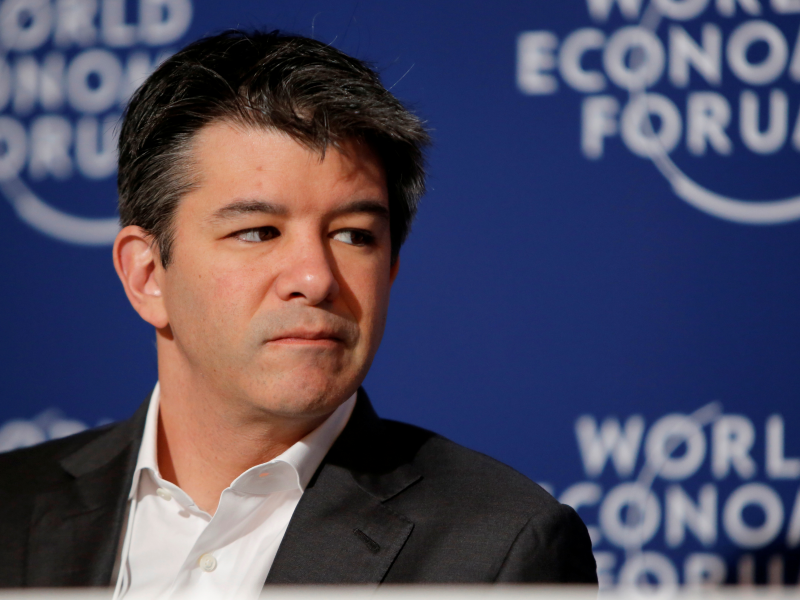
Source: Business Insider
June 2017: Kalanick resigns as CEO of Uber. Kalanick's exit reportedly follows "hours of drama" between Uber's major investors, five of whom demand his immediate resignation.

Source: New York Times
August 2017: Early Uber investor Benchmark Capital sues Kalanick over fraud allegations, in a lawsuit centering on 3 Uber board seats that Kalanick can unilaterally fill with whomever he chooses. Kalanick used one of those seats to appoint himself to the Uber board after he resigned as CEO.

Sources: Business Insider
August 2017: Dara Khosrowshahi is named Uber's new CEO to fill the vacancy left by Kalanick. Khosrowshahi had served as Expedia's CEO until he left to head up the ride-hailing company.

Sources: Business Insider
September 2017: In a surprise move, Kalanick exercises his control over the last two Uber board seats under his control, and and appoints Xerox chairwoman Ursula Burns and former Merrill Lynch CEO John Thain. The move seems to be designed to get ahead of proposed changes to the board structure that would limit Kalanick's power.
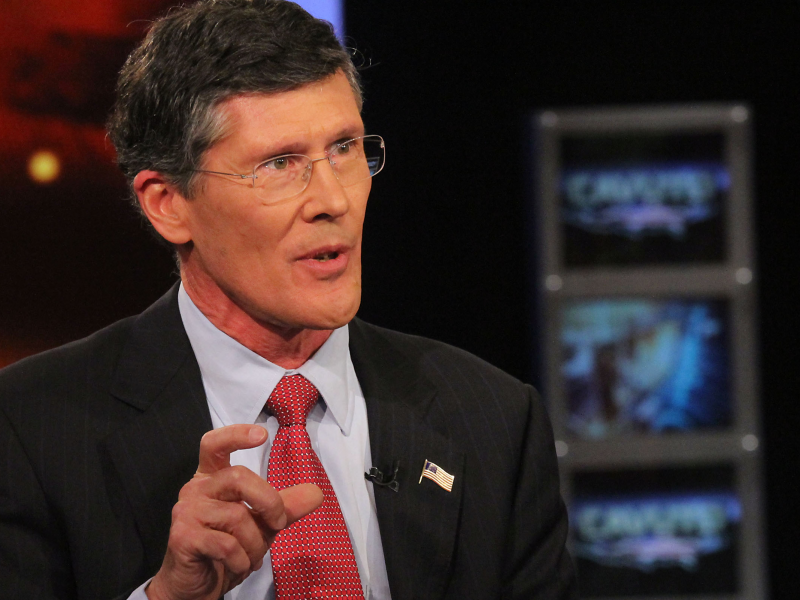
Sources: Business Insider, Vox
November 2017: Bloomberg reports that Uber paid hackers $100,000 to cover up a massive data breach from October 2016 — when Kalanick was still in charge — that exposed the personal data of 57 million customers. In a statement, Khosrowshahi said: "None of this should have happened, and I will not make excuses for it."
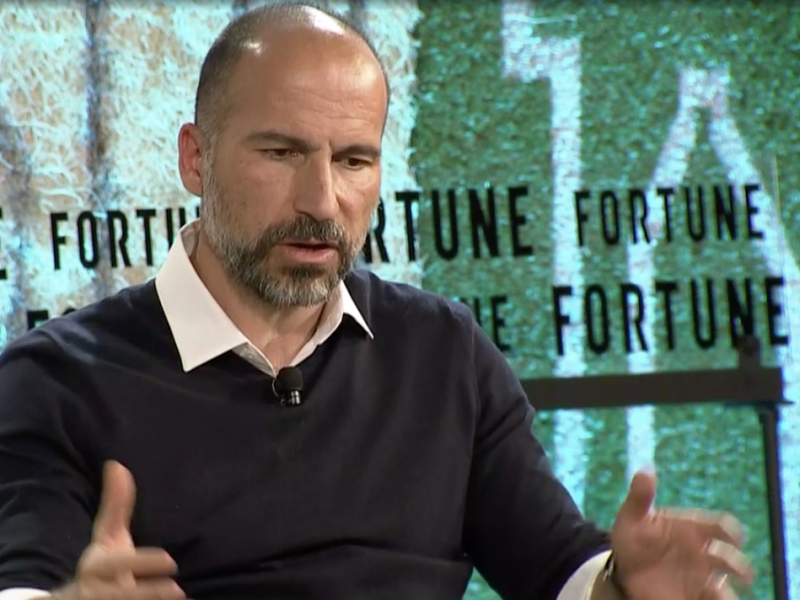
Source: Bloomberg
January 2018: Uber officially closes a deal for Japanese investor SoftBank to take a 15% stake in the ride-hailing company, becoming its largest shareholder. The deal severely limits Kalanick's influence and voting power on the board — and gives SoftBank a considerable discount on shares of Uber.

Source: Reuters, Business Insider
January 2018: Benchmark drops its lawsuit against Kalanick, which is part of the terms of SoftBank's deal with Uber. The suit is dropped "with prejudice," meaning Benchmark can never sue Kalanick over this issue again.
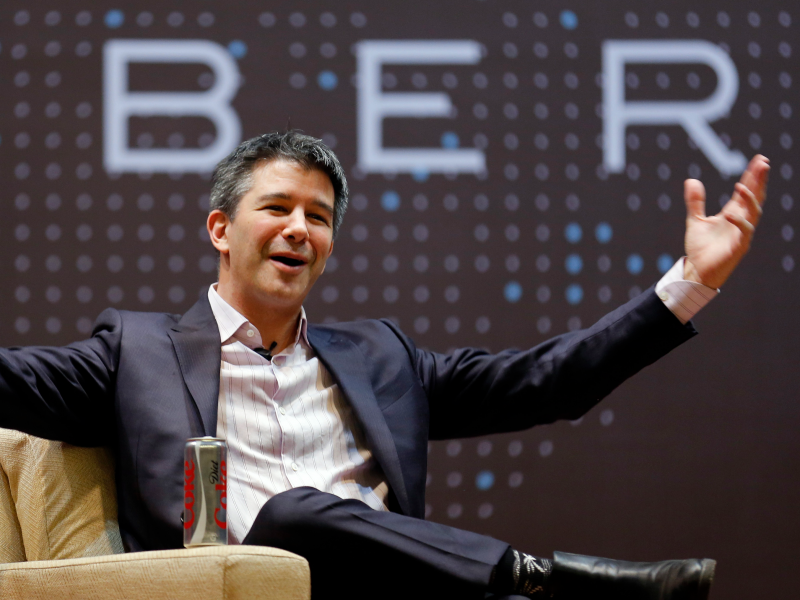
Source: Business Insider
February 2018: Waymo and Uber reach a settlement in their high-stakes legal battle over self-driving car technology. Under the terms of the agreement, Waymo receives $245 million in Uber equity.
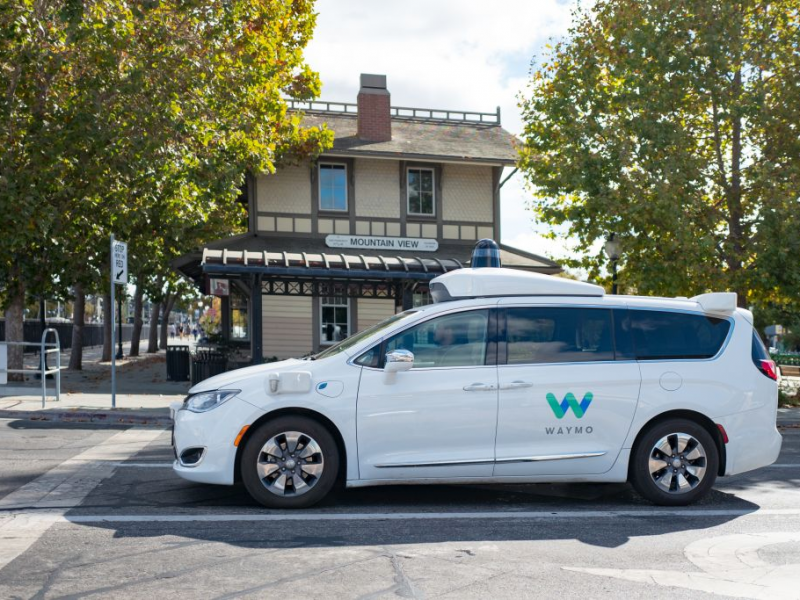
Source: Business Insider
March 2018: An Uber self-driving car strikes and kills a 49-year-old pedestrian named Elaine Herzberg in Arizona. It's the first recorded pedestrian deaths involving an autonomous car. Uber briefly pauses its self-driving program as a result of the death, and Arizona suspends the test project.
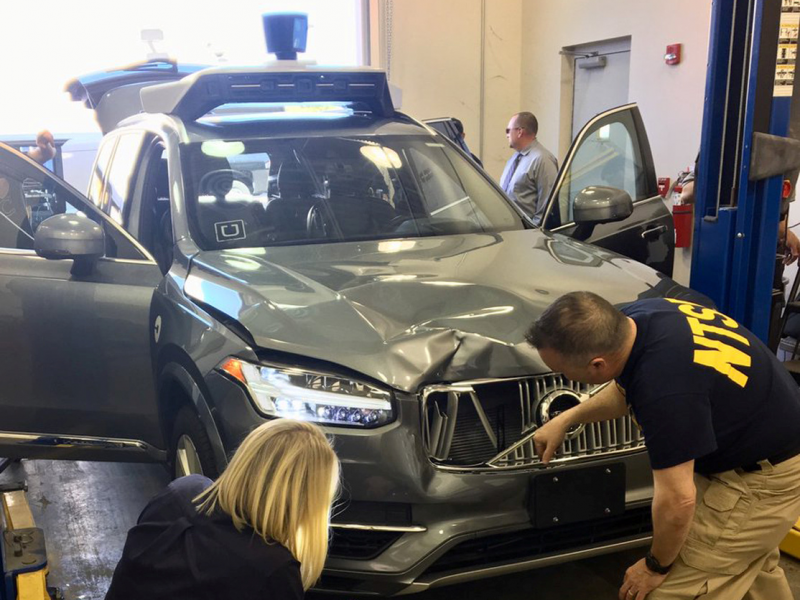
Source: Business Insider
August 2018: Toyota invests an additional $500 million into Uber, valuing the company at $72 billion.
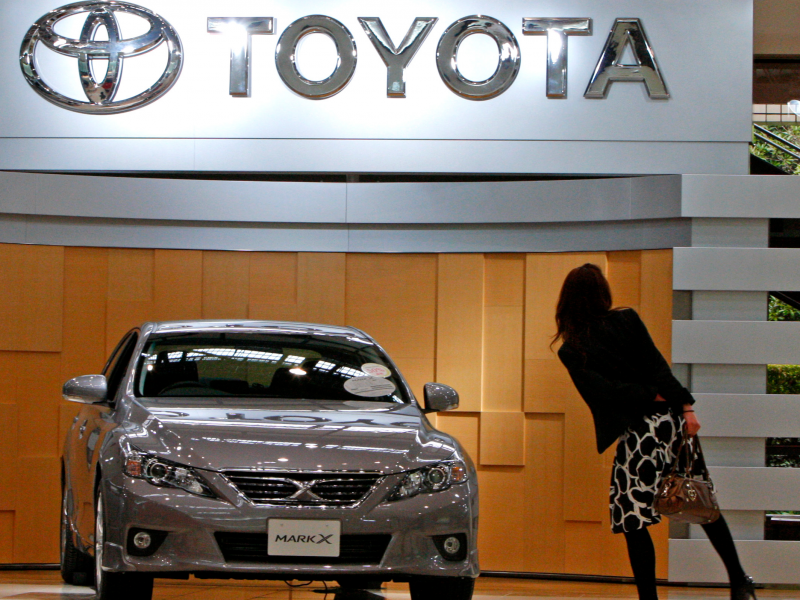
Source: Wall Street Journal
September 2018: Uber agrees to pay $148 million in a settlement around the 2016 data breach that affected 57 million users. The lawsuit against Uber involves attorneys general from every US state.
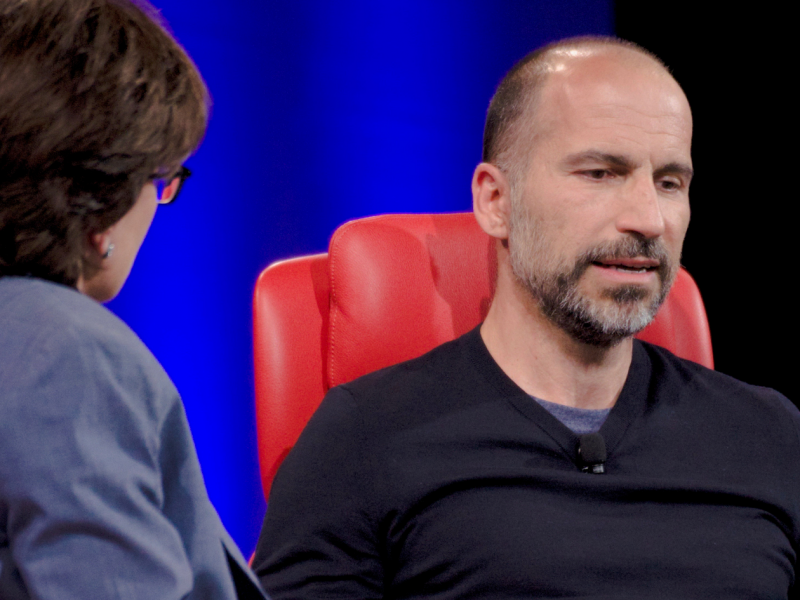
Source: Business Insider
October 2018: The Wall Street Journal reports that banks had written proposals for an Uber IPO that would see the company valued as high as $120 billion.
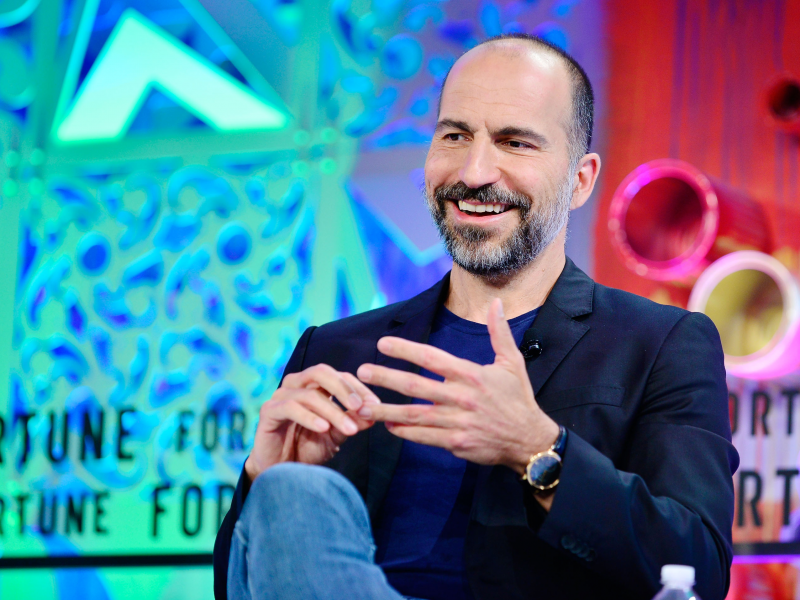
Source: Wall Street Journal
December 2018: Uber reportedly gets close to putting its self-driving cars back on the road. The downsized project is limited to testing autonomous vehicles, with a 25 m.p.h. speed limit, on a mile-long loop between Uber offices in Pittsburgh.

Source: Business Insider
April 2019: Uber officially files its S-1 paperwork to go public on the New York Stock Exchange, under the ticker symbol UBER. The IPO is set to be one of the biggest in years — especially with that $120 billion figure floating in the air.
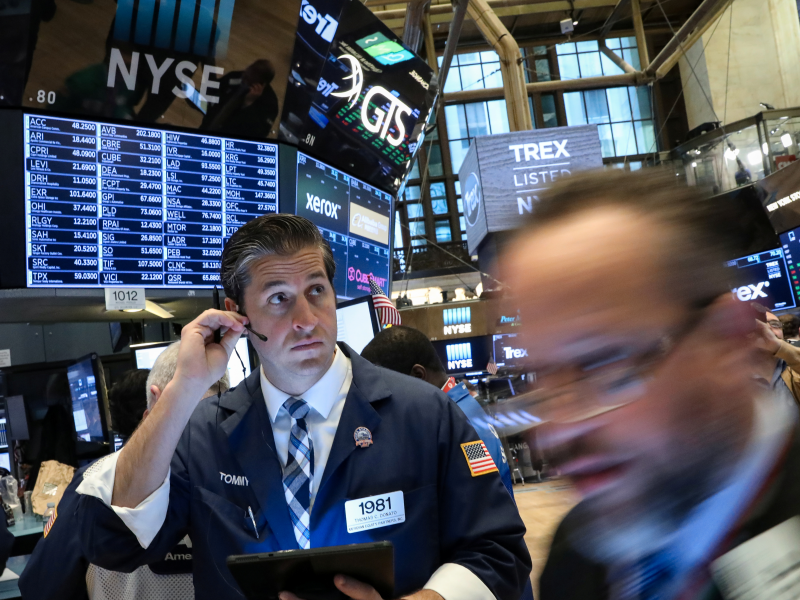
Source: Business Insider
April 2019: A University of South Carolina student named Samantha Josephson is allegedly murdered after getting into a car she thought was her Uber. As a result, Uber says it will hold campus awareness events about safety and take steps to remind users to verify they're getting into the right car.

Source: INSIDER
May 2019: Ahead of Uber's IPO, drivers go on strike. Drivers protest declining pay, worsening conditions, and a lack of transparency from Uber, Lyft, and others. A workers union out of the United Kingdom called Uber's IPO an "orgy of greed."
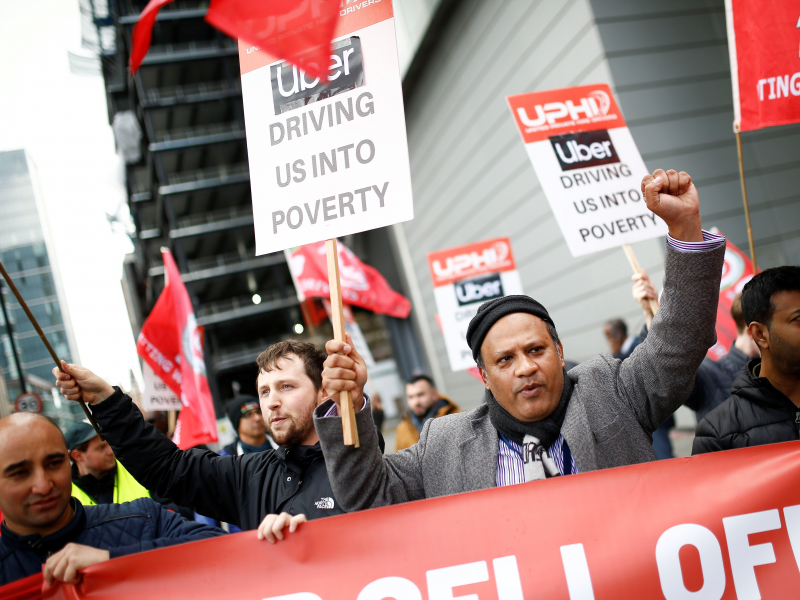
Sources: Business Insider, Business Insider
May 2019: Uber goes public on the New York Stock Exchange, and prices its IPO at $45 a share with an initial market cap of $75.5 billion. However, by the end of the day, shares were down to $41.57 a piece, leaving investors who got in at the IPO price with a cumulative loss of $655 million.

Source: Business Insider
May 2019: The US National Labor Relations Board rules that Uber drivers are independent contractors, not employees. It's a big win for Uber.
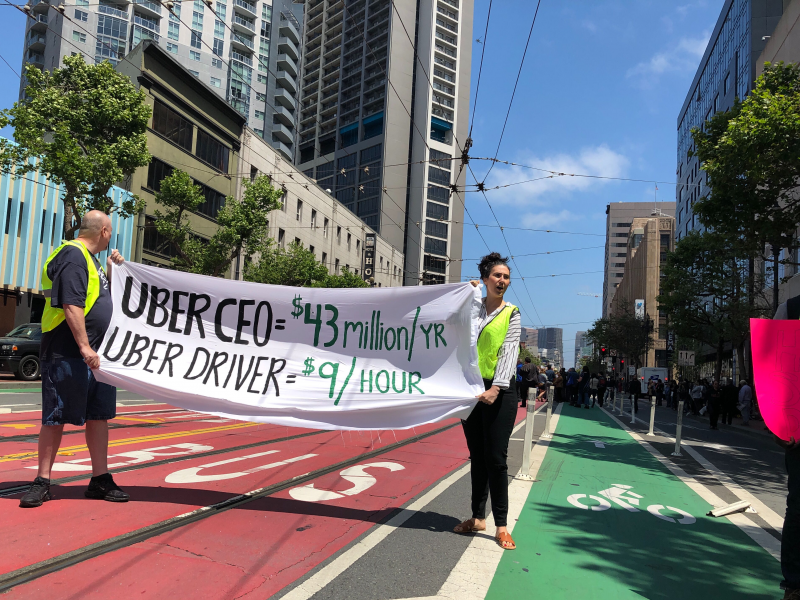
Source: Reuters
May 2019: The Washington Post reports that some Uber employees started partying in the offices 5:30 a.m. on the day of the company's IPO. The festivities reportedly led one Uber employee to resign after "a verbal outburst and dispute with colleagues."
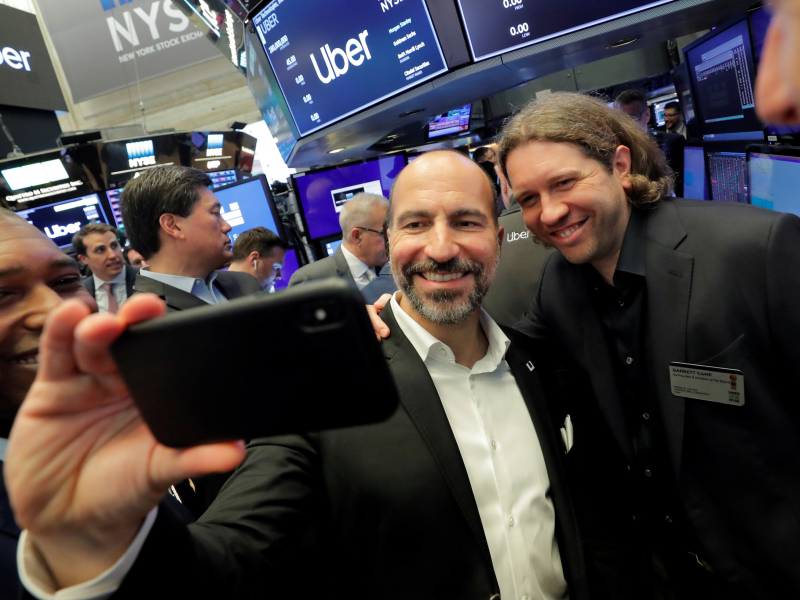
Source: Washington Post
